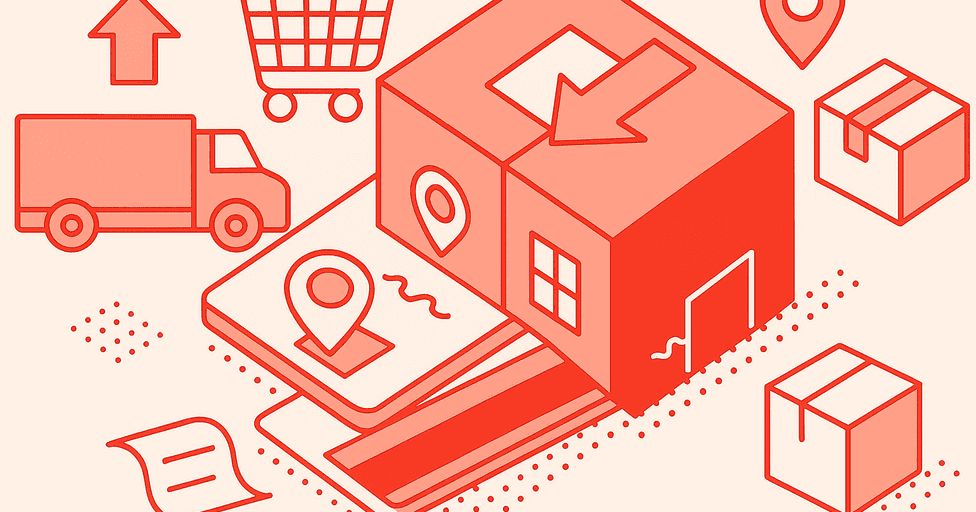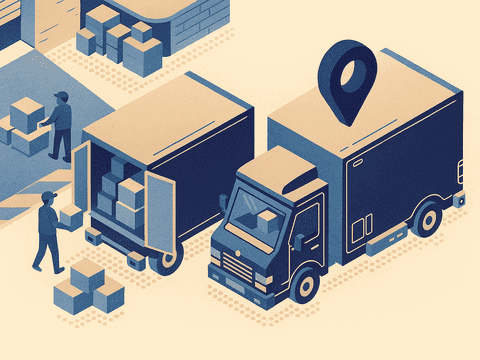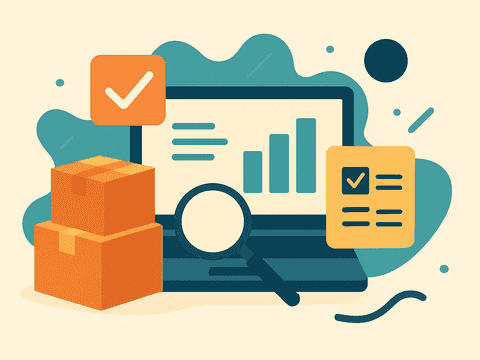Looking for a logistics tracking software that can boost visibility and carrier performance?
Whether you manage a single carrier or coordinate international routes, the right logistic tracking system can turn delivery data into measurable profit.
In this guide, we’ll explore how leading platforms like Outvio, Shippeo, Project44, and FourKites help logistics teams track, analyze, and improve delivery operations.
You’ll see how visibility translates into faster decisions, stronger carrier relationships, and more efficient use of every mile.
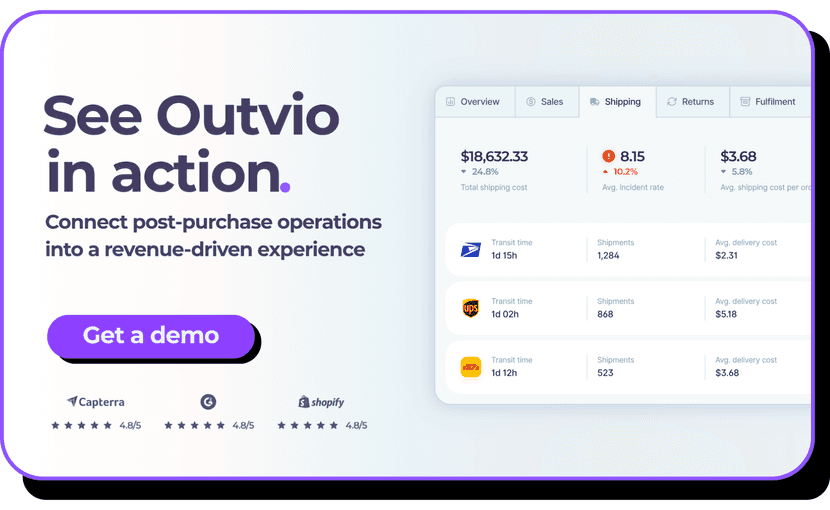
What is logistics tracking?
Logistics tracking is the process of monitoring goods as they move through the supply chainIt uses GPS, carrier data, and tracking systems to give companies and customers real-time visibility over shipment location, status, and delivery performance.
What is a logistics tracking software?
Logistics tracking software is a digital system that monitors shipments and deliveries in real time. It connects carriers, warehouses, and customers through one platform or app, giving companies full visibility over their logistics and delivery performance.
Benefits of good logistics traceability
Fewer delivery issues
Delivery problems often come from slow communication between teams and carriers. A tracking platform solves that by connecting every carrier to one logistics dashboard. You see when a parcel is delayed and can react instantly.
Automatic alerts notify your team before customers notice anything. With one click, they can contact the carrier, reroute the shipment, or update the buyer.
Better coordination across your team
A logistics tracking system keeps everyone aligned — warehouse, support, and carriers work with the same data. If a shipment stops moving, support already knows and the warehouse prepares the next step without waiting. Coordination stops being effort and becomes routine.
Happier customers
A branded tracking page gives them that control. Real-time updates reduce support tickets and improve trust. Every notification keeps your brand visible from checkout to delivery, turning logistics into part of the customer experience, not the end of it.
More negotiation power
When you track performance through a software, you know who meets deadlines and who doesn’t. You go into rate discussions with facts, not stories. That changes the balance of power in your favor.
Smarter planning
A tracking system stores every delivery record so you can predict volumes and prepare resources in advance. You know how long each route takes and when delays usually happen, which means you can plan instead of guess.
Compliance and accountability
When your system logs every event, you can prove where a parcel was, who handled it, and when. This record saves time in audits, claims, and quality checks. It turns logistics from a liability into an asset.
Lower costs and higher margins
Without visibility, extra costs hide in plain sight: failed deliveries, slow routes, carrier penalties. A good tracking tool shows them clearly. You can see which carriers perform well, which routes waste time, and which deliveries create claims. With that insight, you adjust contracts, optimize delivery zones, and save money without cutting quality.
Outvio includes a built-in carrier invoice auditing system that detects billing errors, matches every charge with real shipment data, and helps logistics teams recover hidden costs in transport and operations.
Best logistics tracking system providers
1. Outvio

Outvio works as a logistics control tower, connecting tracking, returns, and warehouse operations in one platform. It lets you monitor carrier performance, delivery costs, and warehouse efficiency in real time across all shipments and brands. With predictive ETAs, proactive alerts, and branded tracking pages, you turn visibility into action — reducing delays, lowering costs, and improving the entire post-purchase experience.
It offers full visibility of every parcel in transit through more than 100 domestic and international carriers and synchronizes your entire warehouse and logistics partner network.
Advantages:
- Unified tracking for all carriers and countries
- Predictive delivery estimates and proactive notifications
- Built-in analytics to evaluate carrier performance and delivery reliability
- Branded tracking pages to improve communication and transparency
- Integrates with returns and customer service workflows for full post-purchase visibility
Pricing: From €4.200/year
2. Shippeo
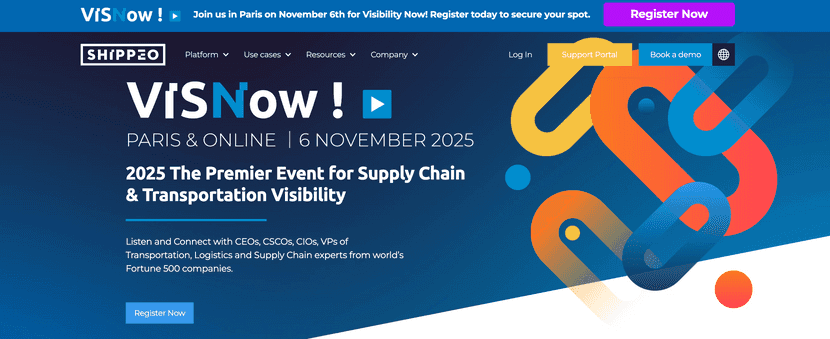
Shippeo provides real-time logistics tracking for multimodal transportation networks. It connects shippers, carriers, and customers through live data feeds from telematics, GPS, and ERP systems. The platform predicts ETAs using machine learning and helps companies monitor international shipments with high accuracy.
Advantages:
- Predictive ETAs based on live transport data
- Global coverage across road, rail, ocean, and air freight
- Deep analytics for carrier performance and on-time delivery
- Early alerts to prevent delivery disruptions
Pricing: Custom
3. Project44

Project44 is a visibility platform that tracks global shipments from origin to delivery. It aggregates data from carriers, sensors, and customs systems to create a unified view of every shipment in transit. Designed for large supply chains, it helps logistics teams detect inefficiencies and improve coordination between partners.
Advantages:
- End-to-end visibility across the full supply chain
- Real-time status and milestone tracking for all modes.
- Strong integrations with ERP and TMS systems
- Advanced analytics to evaluate carrier network efficiency.
Pricing: Custom
4. FourKites
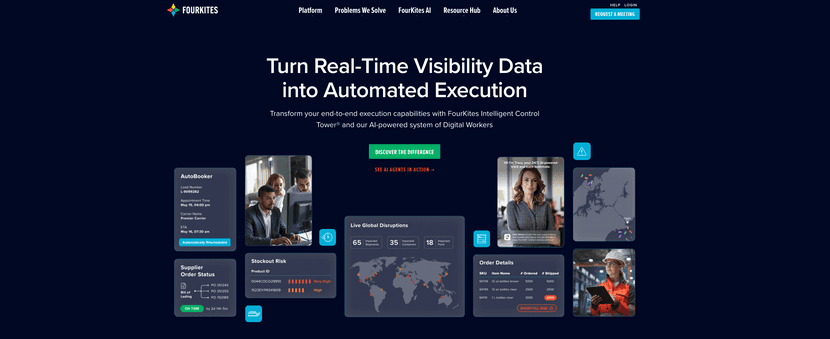
FourKites delivers predictive logistics tracking and supply chain visibility across every transport mode. It helps companies monitor live shipments, anticipate delivery issues, and manage international logistics flows through a single dashboard.
Advantages:
- Global coverage for multimodal operations
- Predictive insights to prevent delays
- Integration with warehouse and yard management systems
- AI-driven analytics for cost and performance optimization
Pricing: Custom
5. AfterShip
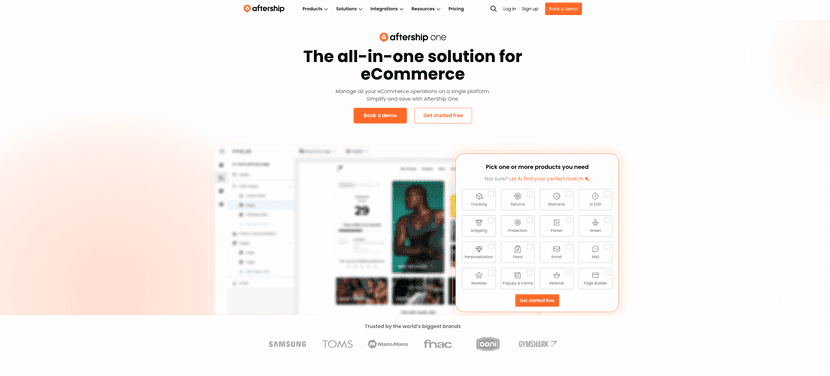
AfterShip focuses on logistic provider tracking for eCommerce and retail. It consolidates tracking data from more than 1,000 carriers and provides branded tracking pages that keep both logistics teams and customers informed throughout the delivery journey.
Advantages:
- Unified tracking for international carriers
- Branded delivery portals and automatic status updates
- Easy integration with eCommerce platforms like Shopify or WooCommerce
- Analytics for delivery speed and carrier accuracy
Pricing: AfterShip Tracking pricing starts at ≈ US $11/month (or € equivalent) for a base plan covering ~100 shipments/month, with extra shipments charged around US $0.08 each for Essentials/Pro tiers
6. Routific
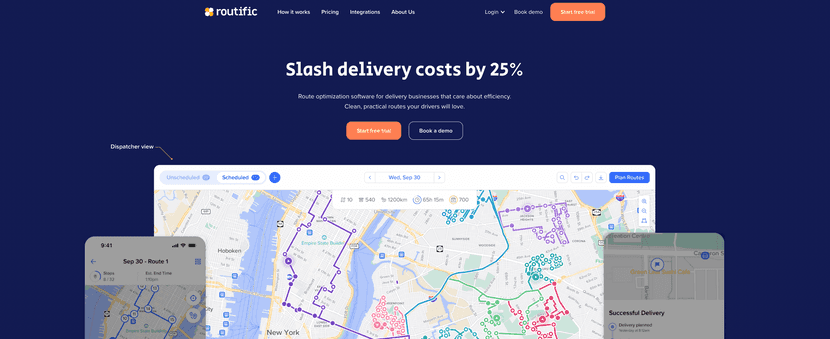
Routific is a logistics tracking and route optimization platform built to make delivery operations more efficient. It combines live driver tracking with smart route planning to reduce fuel costs, idle time, and failed deliveries. The system integrates with carrier apps and dispatch tools, giving logistics teams a clear view of every route in progress.
Advantages:
- Real-time tracking for drivers and active delivery routes
- Route optimization that minimizes travel time and costs
- Integration with dispatch systems and delivery apps
- Analytics for route efficiency, delivery success, and driver performance
Pricing: Routific offers a pay-as-you-grow model starting around $150 for 1,000 orders, with unlimited drivers, real-time GPS tracking, and route optimization included.
7. Shipsy
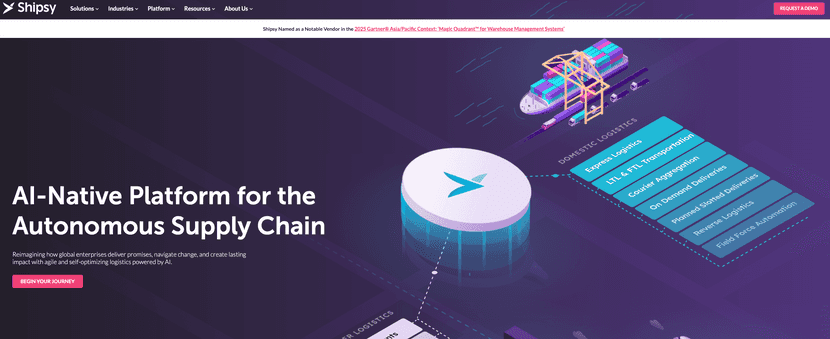
Shipsy combines logistics tracking with routing and cost optimization tools. It connects to carrier APIs and GPS systems to give companies a clear view of every delivery, from warehouse to doorstep, while optimizing routes and costs in real time.
Advantages:
- Live shipment tracking and dispatch visibility
- Route optimization and cost control features
- Integrated dashboard for international and local deliveries
- Performance analytics to monitor carrier efficiency
Pricing: Custom
How to choose the best logistics tracking software
Coverage and accuracy
Start by checking how many carriers and transport modes the software supports — road, air, sea, or parcel.
Then, look at how often the system updates tracking events. Real-time data makes a big difference: if your ETA updates instantly when a shipment is delayed, your team can act before the customer even notices.
Integrations with your tools
A good tracking platform connects smoothly with your ERP, WMS, or order management system. That way, shipment updates, labels, and documents flow automatically without manual uploads or spreadsheet imports.
Exception management
Things go wrong — that’s normal. What matters is how quickly you can respond. Some platforms can automatically detect a delay or failed delivery and trigger alerts, assign follow-ups, or even send proactive messages to the customer.
Customer experience
Tracking pages and notifications are part of your brand. Look for software that lets you personalize them with your logo, colors, and tone. Bonus points if it supports multiple languages and channels (WhatsApp, SMS, chat). A consistent post-purchase experience builds trust and loyalty.
Insights and analytics
Beyond location updates, the best tools show why delays happen and which carriers perform best. Use those insights to negotiate rates, adjust routes, and find opportunities to cut costs without hurting reliability.
Automation and scalability
If your business manages multiple brands or warehouses, automation becomes essential. Rules for each client, SKU, or destination help you assign the right carrier, generate the right documentation, and apply the right communication templates — automatically.
Why Outvio might be the best fit for you
If your business depends on fast, reliable deliveries and strong customer communication, Outvio gives you more than tracking — it gives you control.
Our tool links tracking data directly to your warehouse operations. This gives you full visibility over every shipment — outgoing, incoming, and internal — through one unified platform.
That means your logistics team can:
- Track outbound deliveries from multiple warehouses in real time
- Monitor internal stock transfers and inbound shipments with the same precision as customer orders
- Manage reverse logistics — returns, replacements, and exchanges — from the same control interface
- Analyze carrier performance with efficiency analytics that reveal on-time ratios, average delay time, SLA breaches, and cost per shipment
- Detect exceptions or delays instantly, whether they happen in your warehouse or on the road
"At Bulevip we have more than 250,000 references and 1,300 brands. In addition, buyers abroad are growing gradually. This forces us to constantly integrate and manage new couriers. Outvio works as a dashboard from which to manage logistics operations, automate orders, returns, track deliveries, etc. In short, we are autonomous and efficient" Cristina Moreno, Quality and Logistics Manager
Find out why Outvio is the best app for logistics tracking. Book a demo today.

